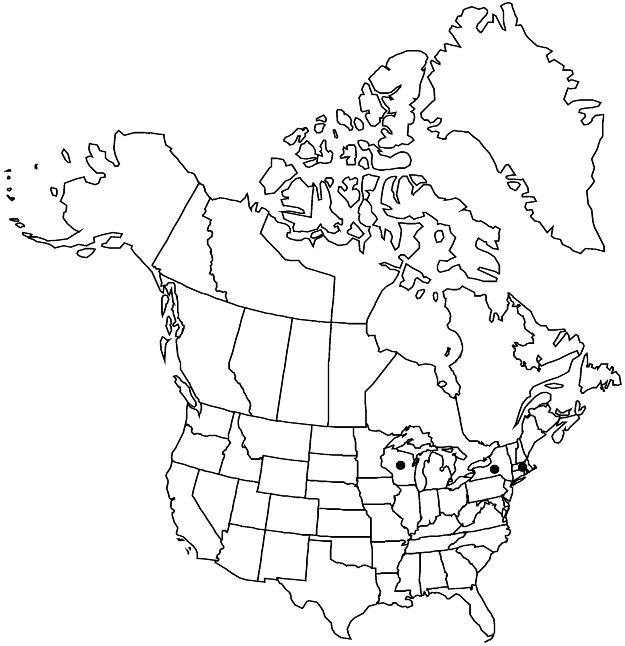Sedum ochroleucum
in D. Villars, Hist. Pl. Dauphiné 1: 325. 1786,.
Herbs, perennial, cespitose, glabrous or glandular-hairy. Stems ± procumbent, branched, (glabrous or glandular-hairy), not bearing rosettes. Leaves alternate, (imbricate), erect, sessile; blade green, sometimes glaucous, linear-lanceolate, terete, 10–15 × 1–2.5 mm, base spurred, not scarious, apex mucronate, (surfaces glabrous). Flowering shoots erect (or ascending), simple, 15–40 cm, (glabrous or glandular-hairy); leaf blades linear-lanceolate, base spurred; offsets not formed. Inflorescences terminal corymbiform cymes (erect and flat-topped in bud), 10–50+-flowered, 3–5-branched; branches scarcely recurved, sometimes forked; bracts similar to leaves, glandular-pubescent. Pedicels to 1 mm. Flowers (5–)6–8-merous; sepals erect, connate basally, gray-green, lanceolate, equal, 3–6 × 1–2 mm, apex long-acuminate, (densely glandular-pubescent); petals erect or suberect, distinct, yellowish, lanceolate, carinate, 8–10 mm, apex acute; filaments white, (glabrous); anthers yellow; nectar scales greenish, square. Carpels erect in fruit, connate basally, brown. 2n = 34, 68, 102.
Phenology: Flowering late spring-mid summer.
Habitat: Disturbed areas, roadsides, fields
Elevation: 0-300 m
Distribution

Introduced; Mass., N.Y., Wis., Europe.
Discussion
Sedum ochroleucum is rarely cultivated and naturalized in North America.
Selected References
None.